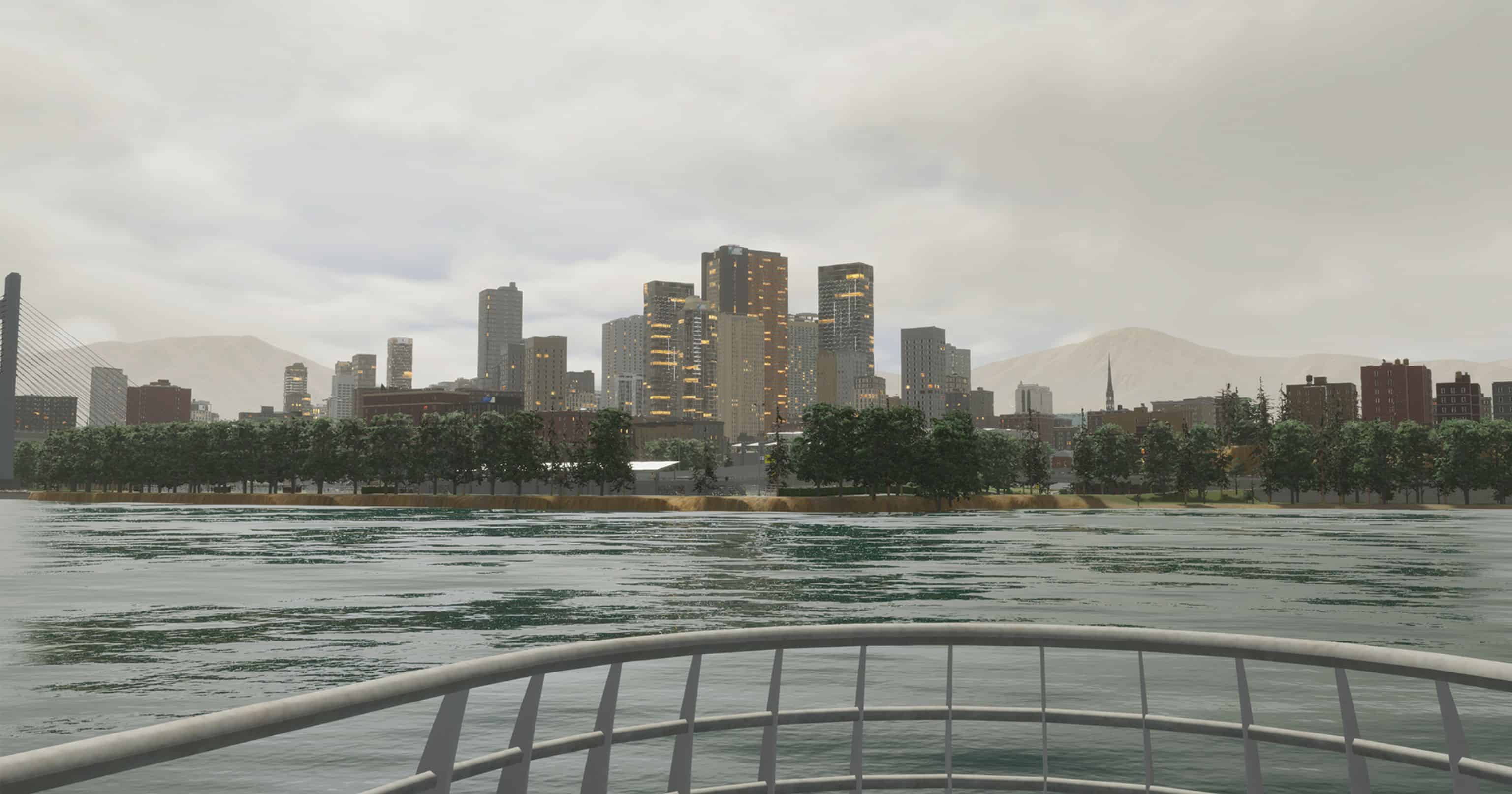Cities Skylines 2: Climate & Weather
In Cities: Skylines II, players are introduced to an array of climates, each bestowing its unique set of characteristics upon the map it influences. These climates are intricately designed based on geographical factors like latitude and longitude, which lead to variations in daily sunlight duration and other elements like temperature fluctuations, cloud cover, and rainfall patterns. Consequently, every map in the game showcases a distinct climate, complete with the nuances of all four seasons.
Breaking it down, climates in the game can be primarily categorized into three foundational types:
- Temperate Climate: Maps under this umbrella exhibit clear seasonal transitions, receive moderate amounts of rainfall, and experience a varied temperature spectrum throughout the year.
- Continental Climate: These maps are known for their pronounced temperature variations annually.
- Polar Climate: Here, players will find a brief, chilly summer followed by a prolonged, frigid winter season.
Although these classifications provide a general idea, individual climates have been tailored for each map. This ensures a dynamic and varied gameplay experience even among maps categorized under the same climate type.
Did You Know? The in-game climates draw inspiration from real-world locations. To illustrate, the River Delta map mirrors the climate of Shanghai, while the Lakeland map resonates with the Finnish city of Savonlinna.
Weather, inherently intertwined with climate, brings these seasonal transitions to life in the game. Each map is enriched with its unique weather patterns that evolve as the game progresses. This means players can witness varying rainfall intensities, cloud patterns, and temperature shifts in real-time.
Moreover, the weather isn’t just an aesthetic feature; it has tangible gameplay implications. For instance, citizens’ choices of recreation – outdoor park visits versus indoor activities – are influenced by factors like rain and temperature. On rainy or colder days, they’re more inclined to opt for indoor pastimes. Additionally, temperature swings play a pivotal role in dictating a city’s energy demands. As the mercury soars, air conditioners run in full swing, and energy consumption shoots up. Conversely, in the chilling cold, heaters become essential, leading to a spike in energy requirements once again.






